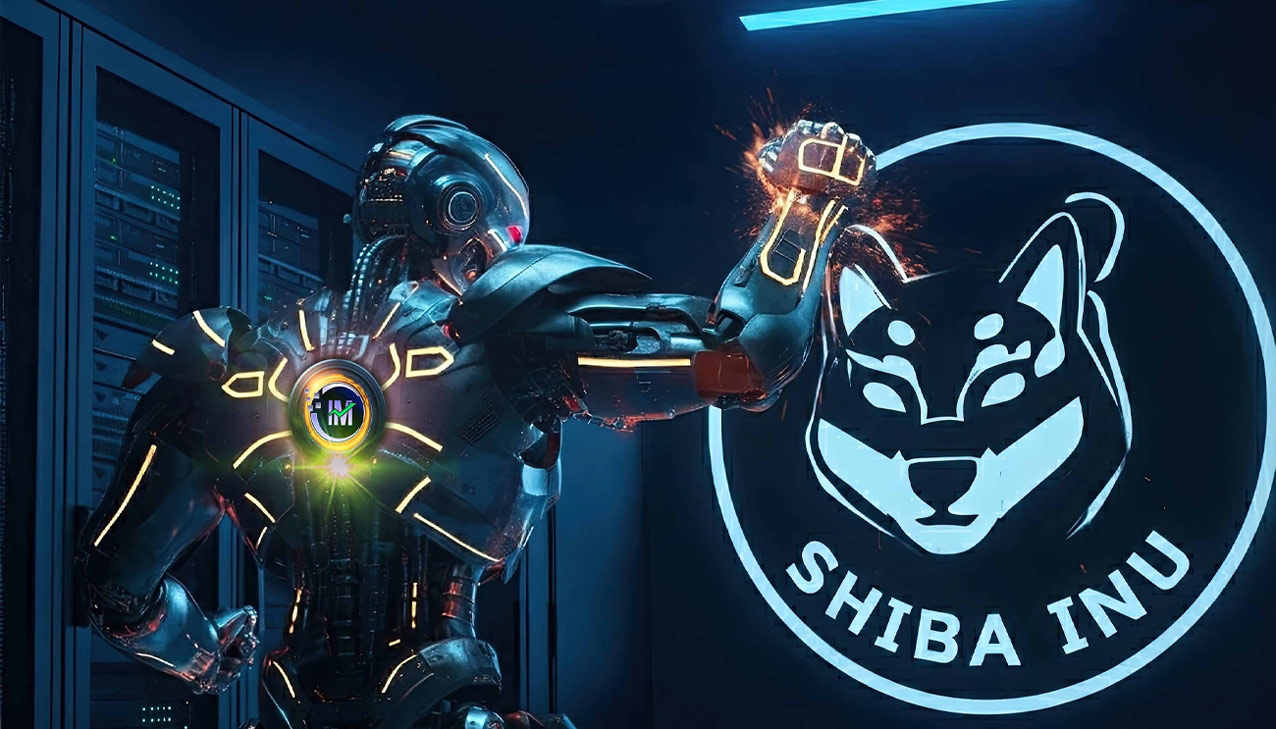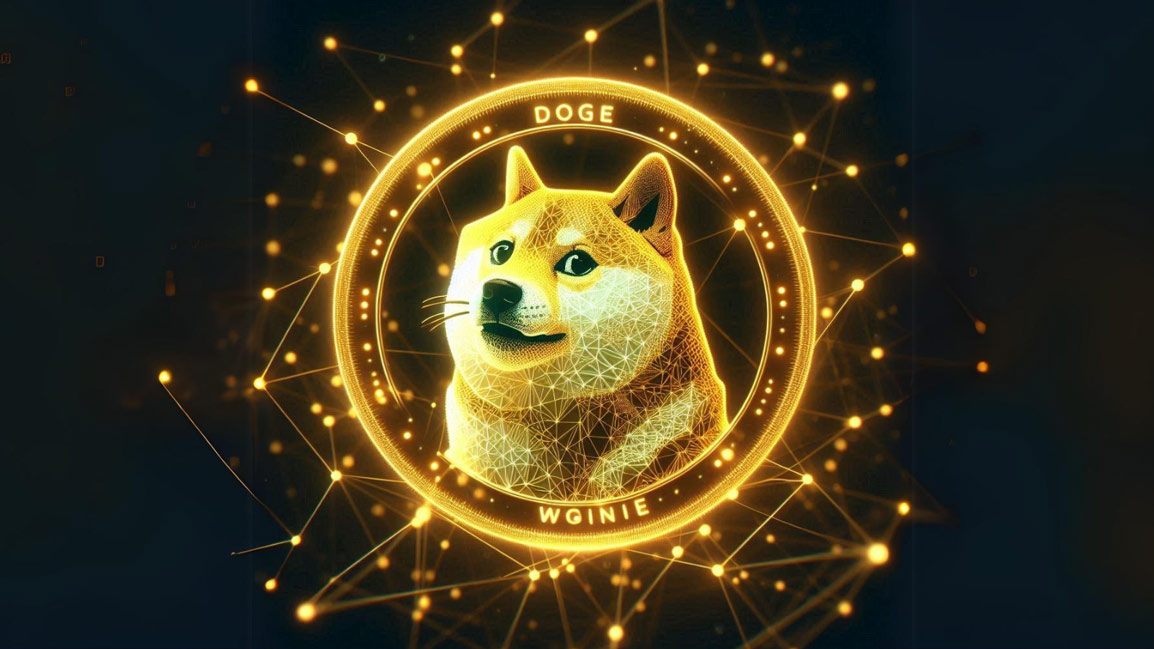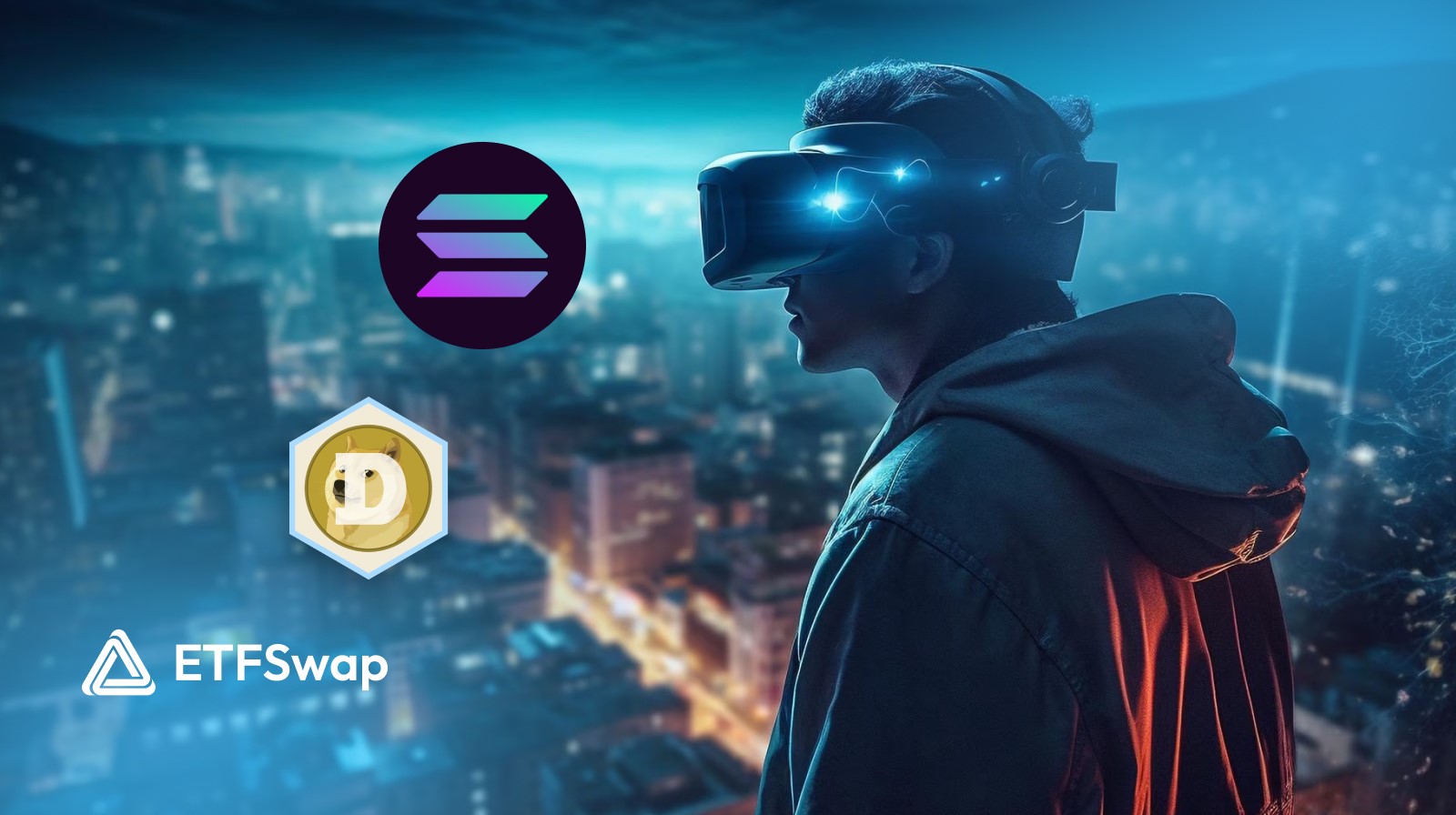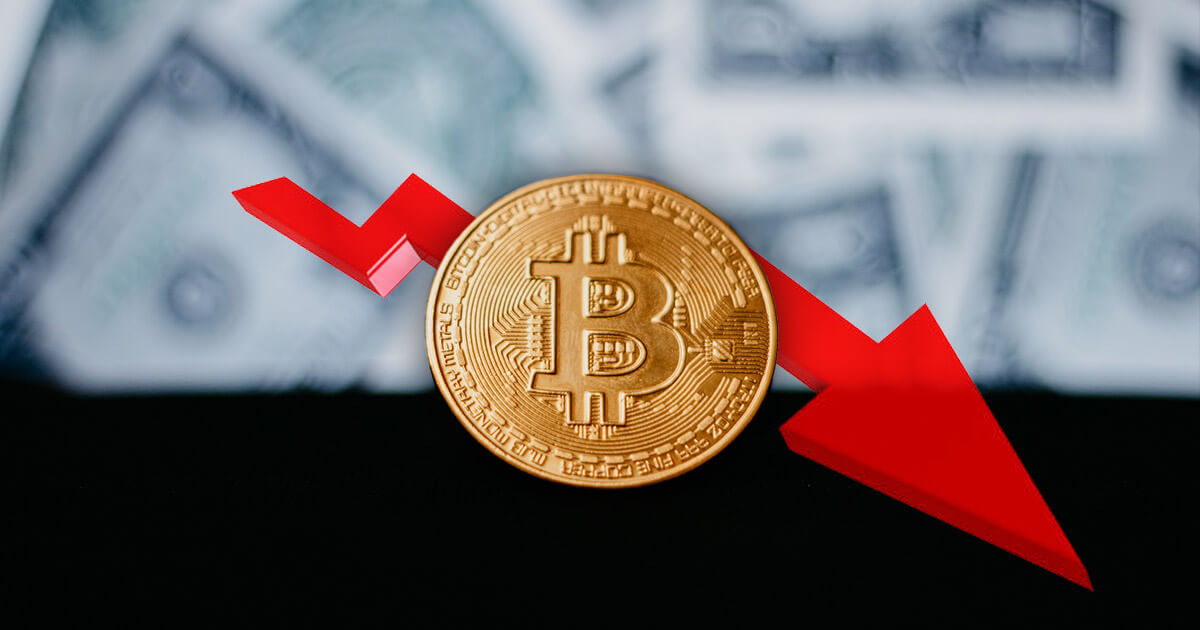The precise classification of Bitcoin is a source of debate among experts. Was it money, a form of cash, a payment infrastructure or perhaps an asset class, or something else entirely? Hopefully, defining precisely what Bitcoin is becoming less complicated; It’s a software program Make no mistake: stock pictures of dazzling coins embossed with changed Thai baht logo are not to be trusted. Bitcoin is an entirely digital phenomenon consisting of a collection of procedures that operate in the digital realm.
Also, that is one of many hundreds of efforts to generate digital currencies by using encryption, the study of creating and cracking codes, that have been made throughout the years. Bitcoin has spawned hundreds of clones, but it continues to be the most prominent digital currency in terms of market value, a position it has maintained for the better part of its decade-long existence. But before we start, if you want to know about the latest Bitcoin news, trends, and ways to trade, then you should register yourself on the https://cryptoengine.app and learn more.
Blockchain
A document published in 2008 by a group or person of individuals identifying himself as Satoshi Nakamoto was also the first to explain that both blockchain and Bitcoin, and that was when the two phrases were almost interchangeable. The blockchain had also developed a distinct idea, and hundreds of blockchains are being constructed using cryptography techniques that are comparable to those used by Bitcoin. The terminology may get muddled as a result of this background. In other instances, it pertains to blockchain tech as a whole and, or to a particular blockchain, including one which runs the Ethereum cryptocurrency exchange network.
The fundamentals of blockchains are, for the most part, simple. Generally speaking, a blockchain is a unique string of discontinuous pieces of information that are organized in chronological order. Generally speaking, this information may be represented by any line of 1s and 0s, which means it might contain everything from emails to property titles to marriage documents to bond transactions. According to theoretically possible use scenarios, as long as the players accept the deal, any contract may be created on a blockchain. A third party is no longer required to be engaged in any agreement as a result of this. With this comes the possibility of peer-to-peer management and profitability such as lending or distributed savings and relating to economic, wherein banks or any other middleman are no longer required to provide services to customers.
How To Purchase Bitcoin
Post-Trust
Because a bitcoin has had no natural substance, it cannot be protected by putting it in a secure or burial it in the bushes, as you would think. Adding an entry to the logbook that reads “you handed me whatever you have” would theoretically really be something that a robber will have to do to steal; it would have been all that was required. Double-spending is a concern that is linked to this. If a malicious actor were to use some bitcoin and then spend it again, trust in the currency’s worth would rapidly erode. It will need a shady character to control 51 percent of both the Bitcoin mining capacity to do another double successfully. The greater the size of the Bitcoin system, the less feasible this will become since the amount of processing power required would indeed be enormous and too costly to get.
Mining
Mining is the method through which this permission public ledger is kept up to date and maintained. The web of small investors who sell the cryptocurrencies between themself is supported by a team of mining who document the blocks of transactions, which is a public ledger of all Bitcoin exchanges. The processing of a series of actions is simple for a modern computer, but mining is challenging because Bitcoin’s programming makes the artificial operation thing and thus complex. People might easily fake transactions to profit themselves or destroy others if there was no additional barrier. They might enter a false payment into the blockchain and then pile up many inconsequential events on top of it, making it difficult to trace the scam back to its source.
Halving
Bitcoin miners get paid with bitcoin in exchange for validating blockchain systems, as stated earlier on this page. Every 210,000 blocks produced, or around every four months, the value of this award is reduced by half. This phenomenon is referred to as the “halving.” The system is set up to be inflationary, with the pace during which new Bitcoin is issued into currency being halved every two years.
This procedure is intended to ensure that Bitcoin mining incentives continue paying out until around 2140. When all Bitcoin has been generated from the program, and all halvings have been completed, the mining will continue to be motivated by the costs that they should collect to other network users. It is hoped that tough competition would make charges as low as possible.
Hashes
Listed below is a somewhat more concise overview of how mine is carried out: Whenever a new group of ledgers is released, it is sent to the net of a miner, dispersed around the world and therefore not connected by personal or business connections. They put information through with a study of crime, which produces a “hash,” a set of characters and characters that validates the statement’s authenticity and therefore does not deliver personal information directly, and then store the hash in a secure location.
The post What Bitcoin Is and How It Works: A Perfect Guide for Beginners appeared first on Ripple Coin News.
Credit: Source link

















